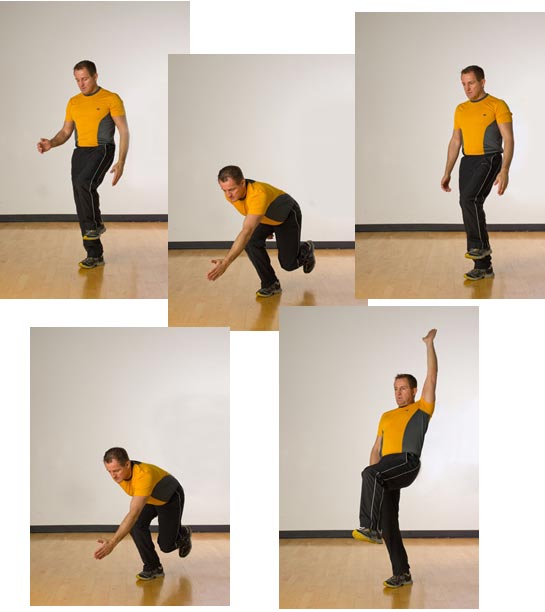Hi guys,
Balance is an essential component of human movement and movement and is necessary for all activities of daily living.
Balance training should be considered a absolute component of all exercise programming and should be trained early in the exercise program once core function has been established.
Training for Balance
By definition, “balance is the ability to maintain the body’s position over its base of support within stability limits, both statically and dynamically”.
It is important to know that the ability to balance can make the difference between leading an active lifestyle and being sedentary.
In order to truly understand what is meant by balance, we need to consider the three mechanical principles that relate to alignment and the body: center of gravity, line of gravity and base of support.
Center of Gravity (COG)
Center of gravity (COG) is the point at which the mass of the body is considered to concentrate and where it is balanced on either side in all planes (frontal, sagittal and transverse).
On average, this point is at the level of the second sacral vertebrae, but changes depending on a person’s position in space and whether or not he or she is supporting external weight.


Line of Gravity (LOG)
Gravity acts on the body in a straight line through the COG toward the center of the earth. The line of gravity must fall within the base of support to maintain balance without moving.

Base of Support (BOS)
This is the area beneath the body that is encompassed when one continuous line connects all points of the body that are in contact of the ground.
How do we train balance?
Because the body’s center of mass(COM) is located within the region of the core, controlling the COM within the BOS is critical to balance training.
Core conditioning and balance training may be viewed as the same, so we can follow the three-stage model for core and balance training.

Here are some different conditions that cab be changed during stage 2 training and that will lead to safely transitioning to stage 3 training
- Narrowing BOS (moving the feet closer together)
- Raising COM (raising arms overhead)
- Shifting LOG (raising arms unilaterally, leaning, rotating the trunk)
- Sensory alteration (shifting focal point, looking up and down)
- Sensory removal (closing eyes)
- Reducing points of contact (move from two-feet balance to one foot)
- Add unstable surfaces (BOSU balls, exercise balls)
Introduce each of these challenges separately and gradually increase the exercise difficulty. Always Introduce balance challenges on stable surfaces before moving on to an unstable surface.

Balance is a key component of all programming and should be trained early in the exercise program once core function is established.
Increasing balance will not only enhance physical performance, but may also contribute to improved psychological and emotional states through the building of self-efficacy.
Stage 1 (core function) exercise examples:
Bird dog:

Front plank

Side plank

Glute bridge

Glute activation lunges

Inverted flyers

Here is a link to a great video that will show you different exercises with stance and difficulty variations for working in stage 2.
Stage 3 exercises examples:
Single leg balance with arm reach

Single leg balance with leg reaches

Forward lunge to balance

Lateral step up to balance

Lateral bound to balance

Make sure that when you are working on your balance skills, you work to challenge your core and glutes but also make sure that you are challenged but SAFE.
Balance is about preventing falls not causing them…
I do not own the rights to the pictures or the video.
Thank you http://www.acefitness.org/
Follow me facebook and instagram
Ciao for now!